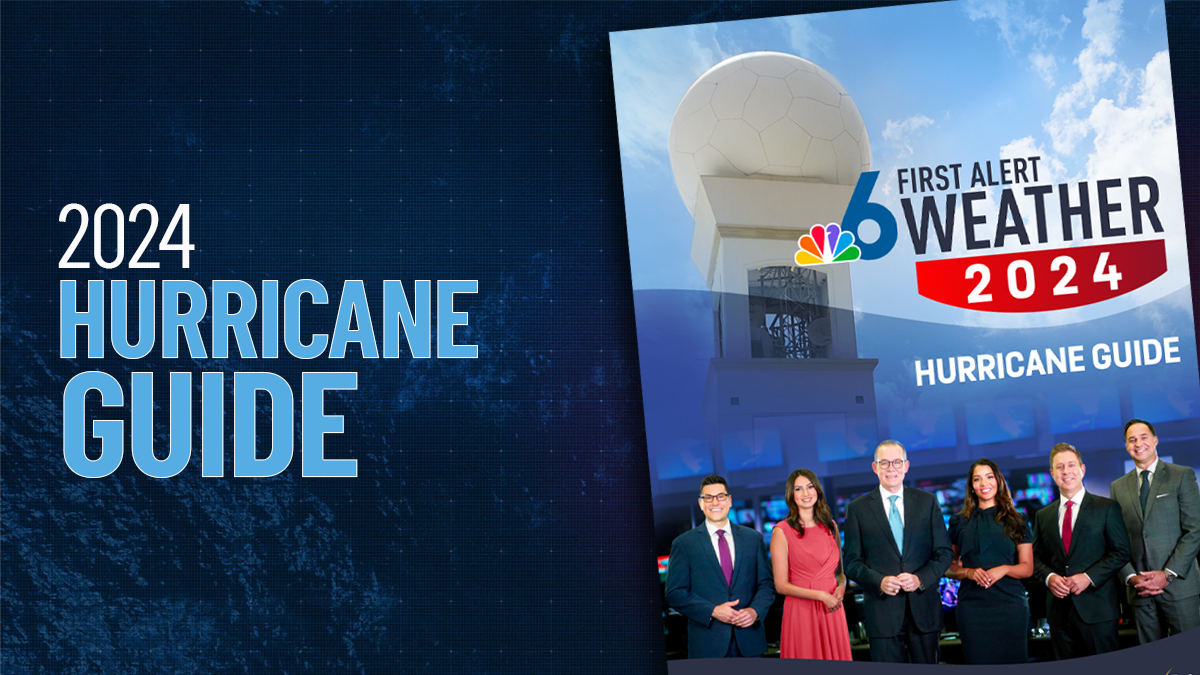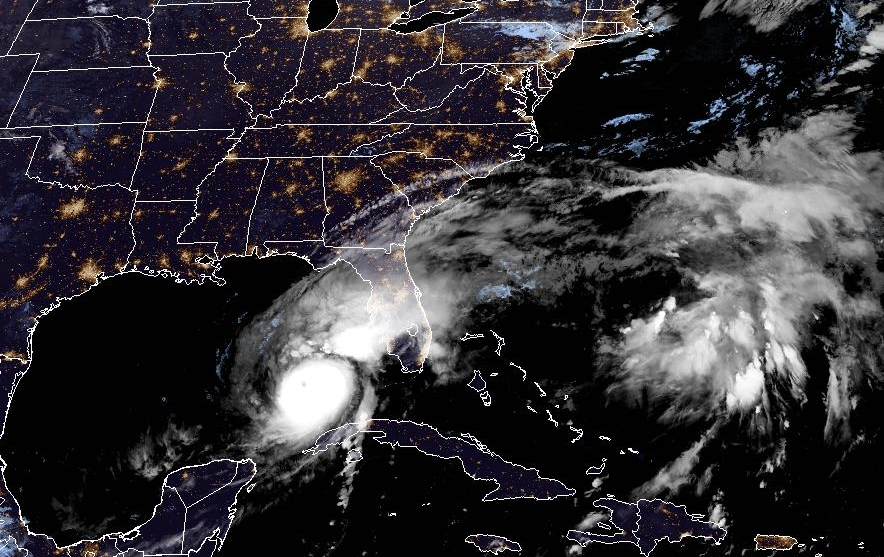
A steady rain fell in the Tampa Bay area Wednesday morning as a mighty Hurricane Milton churned toward a potentially catastrophic collision with the west coast of Florida, where some residents insisted they would stay even after millions were ordered to evacuate. Stragglers face grim odds of surviving, officials said.
The Tampa Bay region, home to more than 3.3 million people, hasn't seen a direct hit from a major hurricane in more than a century. Milton fluctuated between categories 4 and 5 as it approached, but regardless of the distinction in wind speeds, the National Hurricane Center said, it would be a major and extremely dangerous storm when its center makes landfall late Wednesday or early Thursday.
“Milton has the potential to be one of the most destructive hurricanes on record for west-central Florida,” the center warned.
The normally busy interstate leading into downtown Tampa was mostly free of vehicles early Wednesday. Few cars moved on side streets. Drivers hoping to top off tanks were hard-pressed to find stations that weren't closed or boarded up. Many had plastic-wrapped their fuel pumps to keep nozzles from whipping around in hurricane-force winds.
The Hurricane season is on. Our meteorologists are ready. Sign up for the NBC 6 Weather newsletter to get the latest forecast in your inbox.
In Hillsborough County, where Tampa is located, Sheriff Chad Chronister urged residents in a Facebook video to finalize their plans: “My message is simple. We’re approaching that 11th hour. If you need to get someplace safe for whatever reason, the time to do so is now."
Milton was centered about 250 miles (405 kilometers) southwest of Tampa on Wednesday morning, with maximum sustained winds of 155 mph (250 kph), just 2 mph (3 kph) shy of Category 5 status, the hurricane center reported. It was moving northeast at 16 mph (26 kph) and was expected to continue moving in that direction with an increase in its forward speed through Wednesday night.
Milton targets communities still reeling two weeks after Hurricane Helene flooded streets and homes in western Florida along its devastating march that left at least 230 dead across the South. In many places along the coast, municipalities raced to collect and dispose of debris left by Helene before Milton's winds and storm surge — projected to reach as high as 12 feet (3.6 meters) in Tampa Bay and up to 15 feet (4.5 meters) farther south, between Sarasota and Fort Myers — could toss it around and compound any damage.
Hurricane Season
The NBC 6 First Alert Weather team guides you through hurricane season
Heavy rain began to spread across parts of southern Florida on Wednesday, with conditions expected to deteriorate throughout the day, the center said. Six to 12 inches (15 to 31 centimeters) of rain, with up to 18 inches (46 centimeters) in some places, was expected well inland, bringing the risk of catastrophic flooding. Tornadoes were also forecast.
The storm is expected to retain hurricane strength as it crosses central Florida on Thursday toward the Atlantic Ocean. The precise track remained uncertain, but as of Wednesday morning, Milton's center was expected to make landfall somewhere around Tampa Bay. The highest storm surge is expected to occur at and south of the landfall location, the hurricane center said.
Sarasota County Emergency Management Chief Sandra Tapfumaneyi said that 11 emergency shelters were open there and that pets were welcome. She urged people living on boats and in mobile and manufactured homes to leave: “We don’t want you staying in those structures. They will not do well in this storm with the high winds.”
Authorities have issued mandatory evacuation orders across 11 Florida counties with a combined population of about 5.9 million people. Officials warned that anyone staying behind must fend for themselves, with first responders not expected to risk their lives attempting rescues at the height of the storm.
In the bayside town of Punta Gorda, about 100 miles (160 kilometers) south of Tampa, streets were still filled Tuesday with 5-foot (1.5-meter) piles of soggy furniture, clothing, books, appliances and other trash dragged from homes damaged by Helene not two weeks before.
Many homes sat vacant, but accountant and art collector Scott Joiner remained on the second floor of the New Orleans-style home he built 17 years ago. Joiner said bull sharks swam in the flooded streets and a neighbor had to be rescued by canoe when Helene passed and flooded the first floor of his home.
“Water is a blessing to have,” Joiner said, “but it is very deadly.”
Joiner said he planned to ride out Milton, despite the risk. But others weren't taking any chances after Helene.
On Anna Maria Island along the southern edge of Tampa Bay, Evan Purcell packed up his father’s ashes and was trying to catch his 9-year-old cat, McKenzie, as he prepared to leave Tuesday. Helene left him with thousands of dollars in damage when his home flooded. He feared Milton might take the rest.
“I’m still in shock over the first one and here comes round two,” Purcell said. “I just have a pit in my stomach about this one.”
___
Spencer reported from Fort Myers Beach. Contributing to this report were Associated Press journalists Curt Anderson, Mike Stewart and Kate Payne in Tampa; Freida Frisaro in Fort Lauderdale; Russ Bynum in Savannah, Georgia; Seth Borenstein in Washington and Mark Stevenson in Mexico City.



